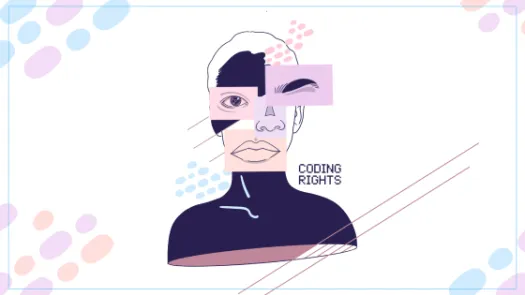From smart cities to safe cities: normalising the police state?

The idea of a “smart city” is primarily a marketing concept, used to sell data-intensive technologies under the pretext of improving the functioning of cities. This could include injecting ‘smart’ tech into delivering services, public safety, environmental monitoring, traffic control, among other possible applications.
One in particular aspect of smart cities has been consistently problematic: how these projects are used to boost law enforcement and policing under the guise of public safety. A report published by Privacy International last year featured case studies from Rio de Janeiro and Davao city, highlighting how these projects aren’t really improving public safety nor improving crime rates, but exacerbating inequalities and repressing public manifestations.
As a result of these projects, cities are transforming into monitored spaces, where an individual’s autonomy is steadily shrinking. The right to privacy in a connected city is also affected, since people are no longer expected to control how their data is collected, processed, and shared, but instead, are exposed to both government and corporate surveillance from the moment they leave their homes. In other words, smart cities are just a fancy name for turning urban centres into high-tech Panopticons.
The case of the Government of Punjab (Pakistan) goes a step further. The project isn’t even branded as a “smart city”, but “safe cities”. While the “smart city” name already involves indiscriminate surveillance and data collection, it still evokes a sense of opportunity to improve the life conditions of the inhabitants of a city through the use of technology.
According to the analysis of our partner in Pakistan, Digital Rights Foundation, the concept of “safety” behind the project is not necessarily aligned with most people’s expectations around safety, which involves public spaces being welcoming of everyone.
Instead, the “safe cities” project implies a further shift towards mass policing and surveillance. This raises even more questions and concerns around its impact on human rights such as privacy, freedom of movement, and non-discrimination, while exploiting people’s fears and concerns.
The idea that just by procuring more digital technologies for law enforcement purposes abuses of power will stop and safety will be improved, is flawed. Without more transparency, accountability, strong privacy policies, meaningful oversight, and limits to power, more technology will only deepen these systemic problems and reinforce current power imbalances.
In sum, the shift in branding “smart cities” as “safe cities” is a worrying development. Not because both concepts are too different in practice, given that often the difference lies only in the name. The problem lies in how this discursive shift normalises how governments tend to focus on deploying new technologies for surveillance and policing under vague conceptions of safety and security, with human rights only as an afterthought, all without making anybody (but a handful of people) any safer.
Digital Rights Foundation report titled “Punjab Government’s Safe Cities Project: Safer City or Over Policing?” can be found here.



